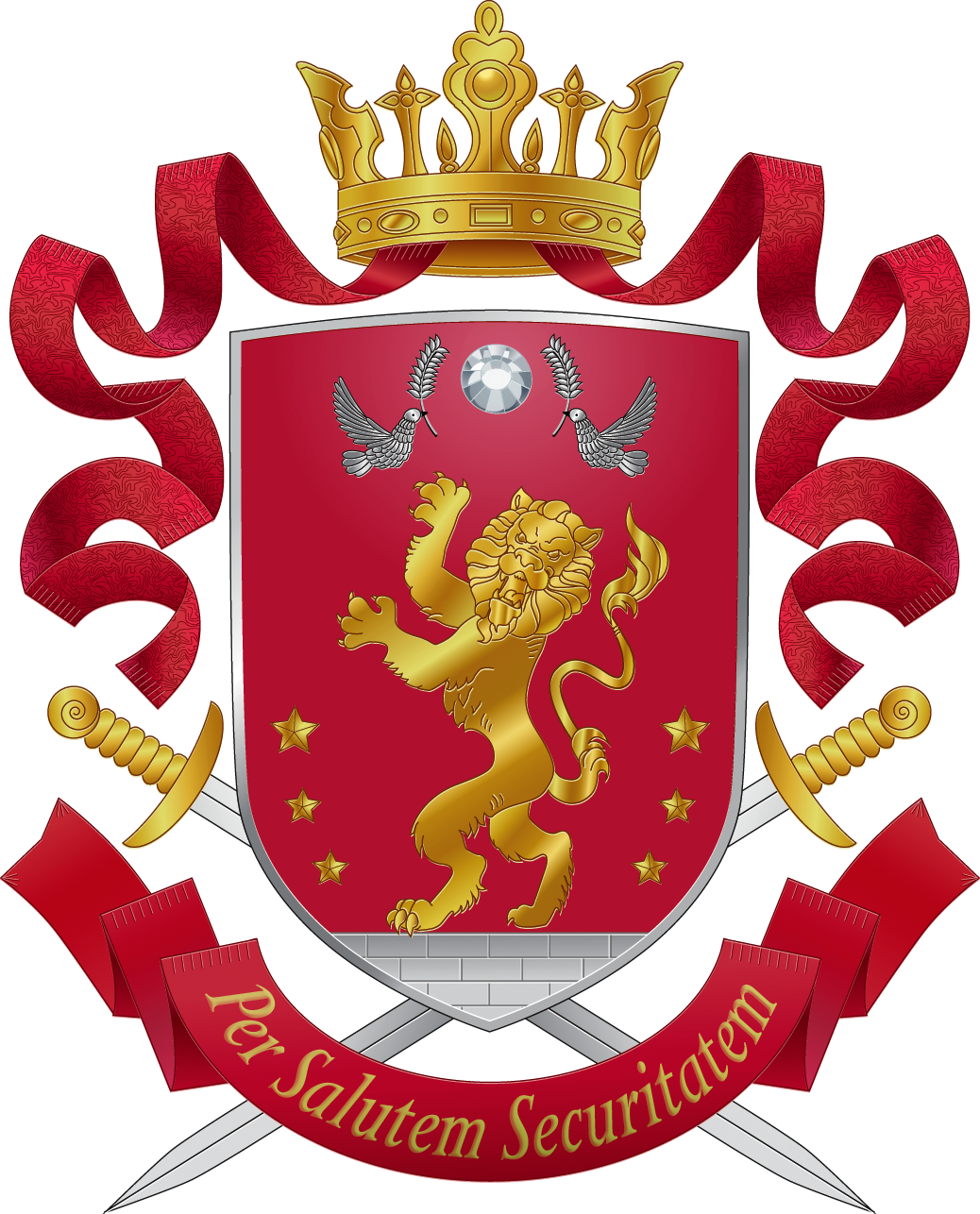August 15, 2024
From the ancient royal guards who protected monarchs to the sophisticated close protection officers of today, the journey of personal security is a fascinating tale of societal structures, technological advancements, and the increasing prominence of high-profile individuals.
The origins of personal security can be traced back to ancient civilisations, where the protection of rulers and nobility was paramount. In ancient Egypt, pharaohs were guarded by elite warriors known as the Medjay, who were skilled in combat and loyal to the throne. Similarly, in ancient Rome, the Praetorian Guard served as the personal bodyguards of emperors, wielding significant power and influence.
These early forms of personal security were characterised by their loyalty and martial prowess. The guards were often selected from the ranks of the military and were expected to lay down their lives for their sovereigns. Their presence was not only a deterrent to potential threats but also a symbol of the ruler’s power and authority.

During the Middle Ages, the concept of personal security evolved with the rise of feudalism. Kings and nobles were protected by knights and retainers, who were bound by oaths of loyalty and service. These protectors were often part of the noble’s household, living and traveling with them to ensure their safety.
The role of these medieval bodyguards extended beyond mere protection. They were also advisors, confidants, and enforcers of the noble’s will. The bond between the protector and the protected was deeply personal, rooted in mutual loyalty and trust.
The Renaissance period saw the professionalisation of personal security. As European monarchies centralised power, the need for organised and disciplined protection grew. The Swiss Guard, established in the 16th century, became the personal bodyguards of the Pope, renowned for their loyalty and combat skills.
By the 19th century, the industrial revolution and the rise of the bourgeoisie brought new challenges and opportunities for personal security. Wealthy industrialists and politicians began to employ private security personnel, often drawn from the ranks of former soldiers and police officers.
This period marked the beginning of the modern bodyguard profession, characterised by a blend of physical protection and strategic planning.

The 20th century witnessed significant advancements in personal security, driven by technological innovations and the increasing visibility of high-profile individuals. The assassination of prominent figures, such as President John F. Kennedy and Martin Luther King Jr., underscored the need for comprehensive and proactive security measures.
Modern bodyguards emerged as highly trained professionals, skilled in a range of disciplines from Close-Quarter Combat to advanced driving techniques. The use of technology, such as surveillance systems and communication devices, became integral to their operations. Bodyguards were no longer just physical protectors but also strategic planners, capable of assessing and mitigating risks in real-time.
Today the concept of personal security has evolved into a sophisticated and multi-faceted discipline. High-profile individuals, including celebrities, politicians, and business leaders, require comprehensive security solutions that address both physical and digital threats.
Modern bodyguards are part of integrated security teams that include cybersecurity experts, intelligence analysts, and crisis management professionals. The use of biometric systems, drones, and artificial intelligence has revolutionised the field, enabling proactive threat detection and response.
Moreover, the role of bodyguards has expanded to include aspects of personal assistance and public relations. They must navigate the delicate balance between providing security and allowing their clients to maintain a public presence. Discretion, adaptability, and emotional intelligence are now as crucial as physical prowess.
Find out more about Close Protection here.


